

It seems like just yesterday, hockey fans around the world were ready to take the plunge into the brand new, physics-driven gameplay of NHL 12. The developers at EA Sports aim to take gameplay improvements even further this year, introducing what they refer to as the “Next Gameplay Revolution” with NHL 13.
The revolution begins with skating, simulated realistically for the first time in the history of the series. Pursuing a higher sense of realism than players have experienced previously, the game of hockey has most certainly changed. But is the move toward replicating every aspect of the sport a wise one to make for a project that is, first and foremost, a video game, or will fans find themselves wishing the steps had been smaller?
To answer that question is a difficult task, since the first few new NHL 13 augmentations are hard to explain without playing firsthand. But to anyone who assumed that EA Sports was exaggerating when claiming that the new additions to the skating engine would be completely reshaping the franchise, there is no denying the fact that they have accomplished just that.
First things first: with NHL 13, EA Sports has created the most realistic simulation of hockey to date, beyond any shadow of a doubt. Rather than making a handful of changes and calling it a day, the developers at EA Canada have completely rebuilt the way players move, starting from the ice up. Numerous trailers have showcased how the new skating works in motion, and we even had a chance to try it out for ourselves at E3. But without playing an extended session, or multiple games, it’s hard to grasp just how significant this change is.
It’s even a bit misleading to say that players will simply notice their digital team moving in a style closer to real physics, accelerating from a standstill, and needing to build speed after slamming to a stop. The truth is that the movement of players is another aspect of gameplay that must constantly be calculated, as important as line movement and passing. While it might seem that the new skating physics dictate player movement only when carrying the puck, every player on the ice is constantly in motion, and therefore constantly subject to the real physics of their movement.
In the past, for example, sending a puck towards a flying winger along the sideboards was essentially a guaranteed retension of possession, provided the puck made it over without being intercepted (we’ll get to that later). In NHL 13, puck movement get much more complicated. For starters, triggering the pass will require a glide prior to release, since moving the puck while in mid-stride makes even the best puck-handlers less accurate.
If the puck ends up behind the winger in question, past games would have allowed him to slam on the brakes, turn around and gain possession, costing the offensive team nothing more than a blown breakout. Thanks to the new skating, that stopping time will not only take longer than before, but it’s almost a certainty that a mobile defender will gather up the puck immediately. This is just one example, but an illustration of how a far more realistic skating system has far-reaching implications.
The ways in which realistic skating results in so many other connected mechanics becoming far more accurate simulations is truly impressive, and mastering each of them is the new challenge posed to longtime fans. With costly decisions and blown plays actually costing players from here on out, a slower, more careful strategy is required to find success – especially when playing cooperatively. Making fewer passes that are more thought-out beforehand, distinguishing speeding players who will be unable to corner effectively from those gliding into scoring positions, and the new ability to truly capitalize on the AI opponents’ mistakes move the player, inch by inch, to thinking about the simulated game as if it were taking place in real life.
Add to this equation the vastly improved AI on both sides of the puck, and the computer-controlled opponents and teammates no longer impede the creation of a realistic simulation. There are obviously some inconsistencies depending on context, but a vast majority of the time, both defense and offense will anticipate plays and move to either help or hinder their development. Trying to force a puck through the feet of two defensemen is now as foolish an act as it is in the NHL, and risky stretch passes more often find themselves picked off than creating breakaways.
The closer approximation of reality speaks for itself in nearly all aspects of the game, which is the source of the game’s greatest qualities, and the most frustrating issues that players will inevitably encounter. Even in last year’s edition, several gameplay mechanics were more arcade-y for the sake of fun, giving players an edge against the AI. EA Sports has addressed several of these all at once, making past strategies no longer successful, and demanding that even the most seasoned players start back at square one. But more often than not, the changes are made in the name of a closer simulation, which may or may not come as much comfort to those who find themselves frustrated out of the gate.
The only real complaint that could be leveled at NHL 13 is that by building a completely new framework for the series going forward – easily a bigger jump than the previous generation of consoles to current – the demand placed on the player is larger than most will expect. Since the set of mechanics that the players must grasp, and master, in order to compete with an AI that understand them all inherently has grown, the challenge facing the average player is far more significant. That being said, the NHL series to date has had the shallowest of learning curves among EA Sports titles, if any at all, so challenging veterans to actually quit messing around with one-timers and start playing properly is an admirable mission.
If players prefer a game that allows them to make bullet passes through opponents, force their way into the zone without having the puck picked off their stick, and run up the score against an opponent that is throttled by settings – since the computer was inexplicably capable of scoring ten goals on fifteen shots – then NHL 13 won’t be as enjoyable. But for the fans of hockey, who want to play a slower-paced, calculated, tight-checking match that can go down to the wire as accurately as the real thing, then NHL 13‘s basic gameplay and AI is a dream come true.
After this many years, it’s surprising to see that EA Sports was still capable of addressing most of the nagging issues from last year in one fell swoop, but the refinement and superior simulation of the moment-to-moment mechanics reaches beyond each specific game. For the additional game modes, the developers have outdone themselves. With a Be A Pro Mode that grants players the ability to take their created player to the Memorial Cup, and grasp at one of hockey’s most coveted titles, before even being drafted into the NHL is brilliant.
GM Connected allows budding managers to enter into a thirty-team league online, and the newly overhauled Hockey Ultimate Team, fantasy fans will be downright spoiled. The tweaks and improvements are too numerous to list, but let’s just say that in the potential absence of an actual NHL season for 2012-2013, EA Sports has got the next best thing prepared. The graphical overhaul that the game has received, from loading menus and line chemistry interfaces, right down to the texture of players’ jerseys is a long-awaited relief. But more than simply higher resolution or brighter UI, it’s impossible to miss the fact that this experience has been crafted by people who have a genuine affection for the game of hockey, the NHL, and the franchise’s tradition.
Fans who don’t wish to take a step up to the new standard of simulated hockey can mess with the settings and player assists to their heart’s content, or simply stick with last year’s edition. But since NHL is an annual purchase for most of the fan base, there is no question that NHL 13 is worth the price tag, if for no other reason than to see how bright a future lies ahead for the next few releases, given this new starting point.
EA Sports has outdone themselves once again, from presentation to technical refinement, even if the online modes aren’t your cup of tea. The game demands quite a bit from the player, but provided they’re willing to answer the bell, and put in the necessary time to truly master the game, the rewards are far more satisfying.
NHL 13 will be released on September 11 for the Xbox 360 and PS3.
Follow me on Twitter @andrew_dyce.

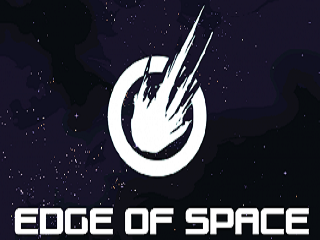

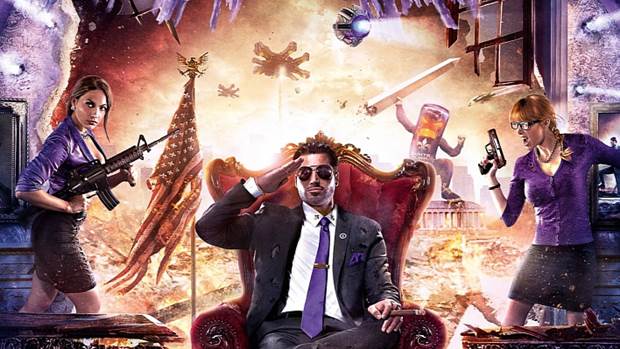
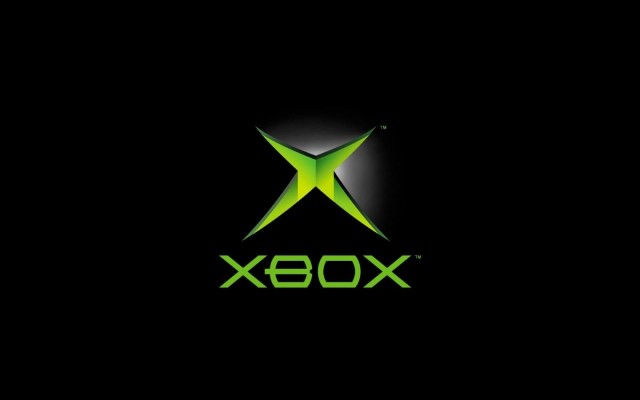 How to Connect and Update Xbox One Controller Manually to support Xbox One Stereo Headset Adapter for Enhanced Sound
How to Connect and Update Xbox One Controller Manually to support Xbox One Stereo Headset Adapter for Enhanced Sound Guide to unlock all vehicles in Lego Marvel Superheroes
Guide to unlock all vehicles in Lego Marvel Superheroes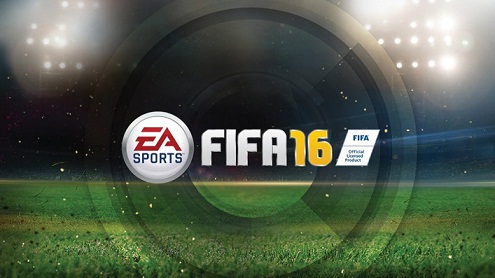 FIFA 16: Unlock secret clubs - Adidas / MLS All-Star teams
FIFA 16: Unlock secret clubs - Adidas / MLS All-Star teams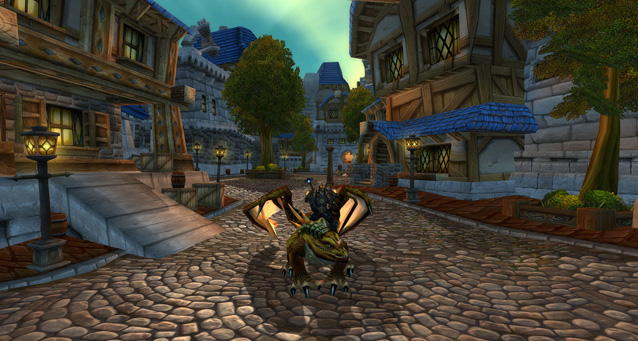 The Walled City of Gaming: World of Warcraft
The Walled City of Gaming: World of Warcraft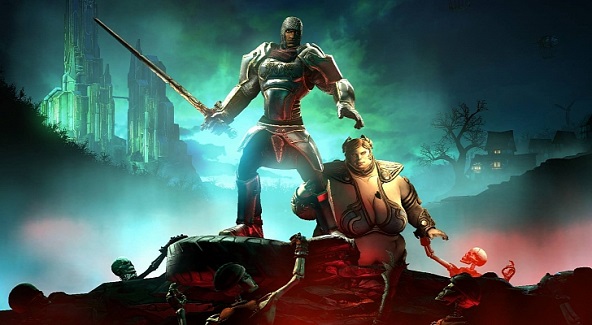 Borderlands 2: Assault on Dragon Keep Walkthrough
Borderlands 2: Assault on Dragon Keep Walkthrough